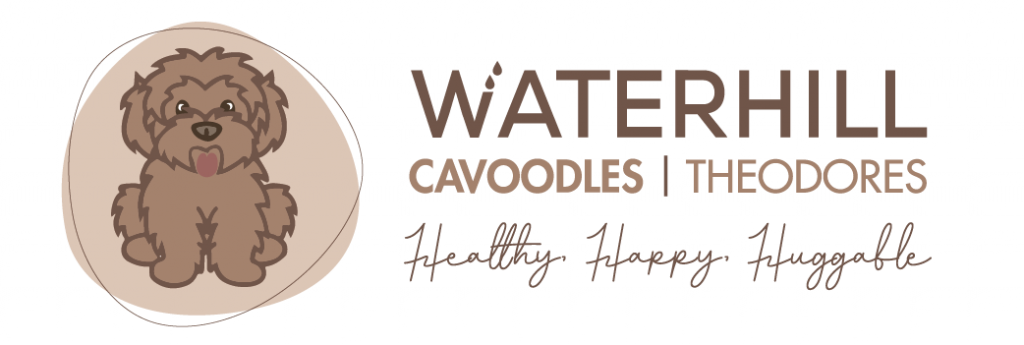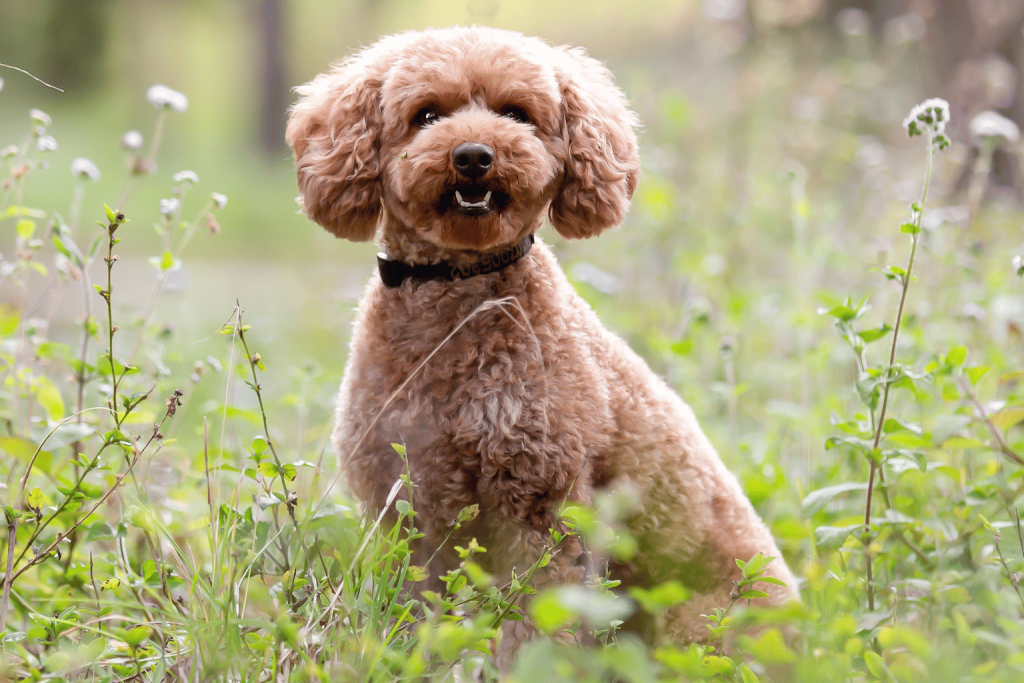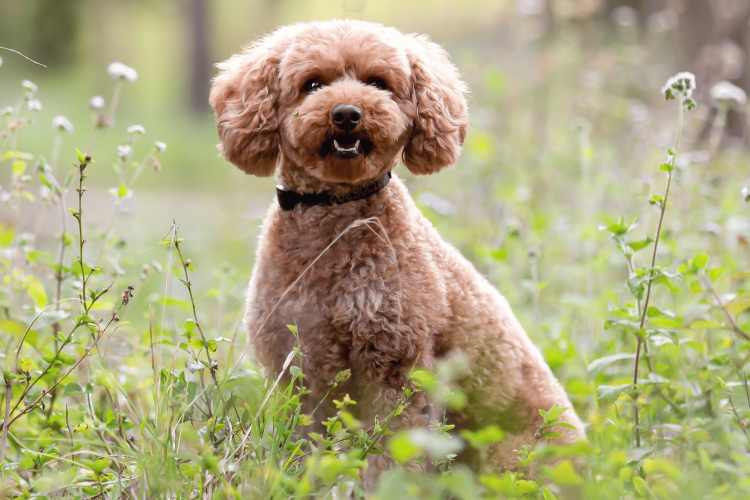Introducing a new puppy to other pets and children can be an exciting yet challenging process. It’s crucial to take the necessary steps to ensure a smooth and positive introduction that sets the foundation for harmonious relationships in the future. In this blog post, we will guide you through the steps to successfully introduce your puppy to other pets and children.
1. Prepare a Safe Space
Before the introduction, create a safe and comfortable space for your puppy. This can be a crate, a designated room, or a specific area in your home. Make sure it’s a place where the puppy can retreat to if they feel overwhelmed or need some quiet time.
2. Gradual Introduction
Start with gradual introductions to other pets and children. Begin by allowing your puppy to observe them from a distance. This helps them become familiar with their presence without feeling overwhelmed.
If you have other pets, consider scent swapping. Rub a towel on your puppy and then let your other pets sniff it, and vice versa. This helps them get accustomed to each other’s scent before the physical introduction.
3. Positive Reinforcement
Use positive reinforcement techniques during the introductions to foster positive associations. Reward your puppy with treats, praise, and affection when they exhibit calm and friendly behavior. This reinforces positive behavior and helps them build trust and confidence.
4. Supervised Interactions
Always supervise interactions between your puppy, other pets, and children. Initially, keep interactions short and gradually increase the duration as everyone becomes more comfortable. Ensure that your puppy has an escape route if they feel overwhelmed and that all interactions remain positive and stress-free.
5. Teach Proper Handling
Teach children, especially younger ones, how to properly handle and interact with the puppy. Show them the appropriate way to pet, hold, and play with the puppy without causing harm or discomfort. Supervise their interactions and be ready to intervene if necessary.
6. Patience and Time
Remember that every puppy is different, and their ability to adapt to new environments and interactions varies. Be patient with the process and give your puppy ample time to adjust. Avoid forcing interactions and allow them to dictate the pace at which they become comfortable.
7. Seek Professional Help if Needed
If you encounter persistent difficulties during the introduction process or if any interactions become aggressive or dangerous, seek professional help from a trainer or behaviorist with experience in puppy socialisation. They can provide guidance tailored to your specific situation and help resolve any issues.
Conclusion
Introducing your puppy to other pets and children requires patience, time, and positive reinforcement. By creating a safe space, gradually introducing them, using positive reinforcement, providing proper supervision, teaching proper handling, and seeking professional help if needed, you can establish a foundation for a harmonious and balanced relationship between your puppy, other pets, and children. Remember, the key is to go at your puppy’s pace and give them the time and support they need to become comfortable with their new surroundings.


